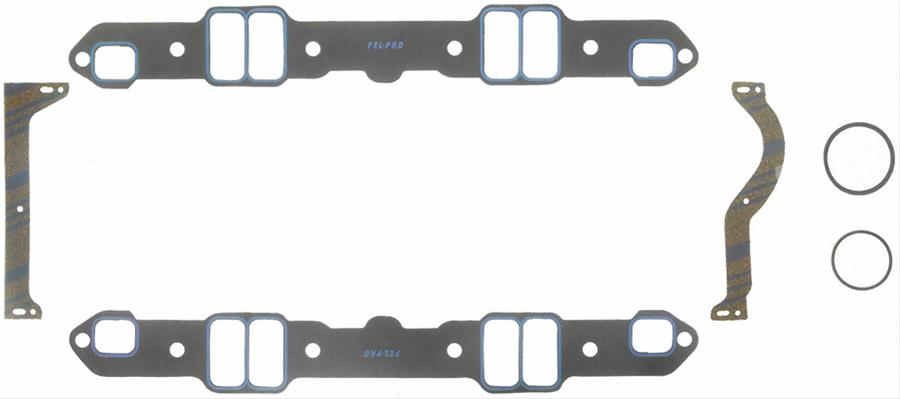megavites
Well-Known Member
so...rebuilt 76 block, bored .30 over, whiplash cam. Heads were done by a separate builder and had stem height issues that i sorted out with a few diff length pushrods and adjustable rockers.
Since day one, i've had smoke on left bank exhaust. Also get a cloud on hard accel/decel. Compression ranges 129-140 across all cylinders cold.
All Plugs look good also. No oil on them.(permetex on threads in pic) I pull plug wires and see no difference in oil burning.
Tried replacing some valve seals with no change.
Engine has 1100 miles since rebuild.
One thought was a stuck oil control ring.
Another thought is..heads have unknown milling and Edelbrock performer intake is sitting slightly high and maybe pulling oil into a cylinder? I'm using a .060 intake gasket.
My leak down tester is Chinese garbage and needle didn't move off zero.
I'm leaning intake leak. Maybe use a thinner gasket to bring manifold down into "V" to seal better?
I thought about doing a B12 Chemtrol piston soak to unstick a ring on that side but i'm concerned how aggressive that is and hurting bearings even with changing oil right away. Pistons do have coking.
Any thoughts before i pull intake to check gasket?
See video below.

Since day one, i've had smoke on left bank exhaust. Also get a cloud on hard accel/decel. Compression ranges 129-140 across all cylinders cold.
All Plugs look good also. No oil on them.(permetex on threads in pic) I pull plug wires and see no difference in oil burning.
Tried replacing some valve seals with no change.
Engine has 1100 miles since rebuild.
One thought was a stuck oil control ring.
Another thought is..heads have unknown milling and Edelbrock performer intake is sitting slightly high and maybe pulling oil into a cylinder? I'm using a .060 intake gasket.
My leak down tester is Chinese garbage and needle didn't move off zero.
I'm leaning intake leak. Maybe use a thinner gasket to bring manifold down into "V" to seal better?
I thought about doing a B12 Chemtrol piston soak to unstick a ring on that side but i'm concerned how aggressive that is and hurting bearings even with changing oil right away. Pistons do have coking.
Any thoughts before i pull intake to check gasket?
See video below.


















